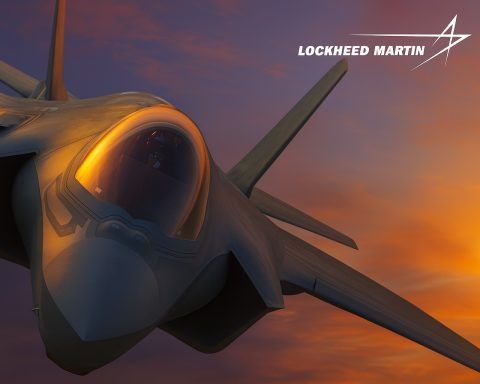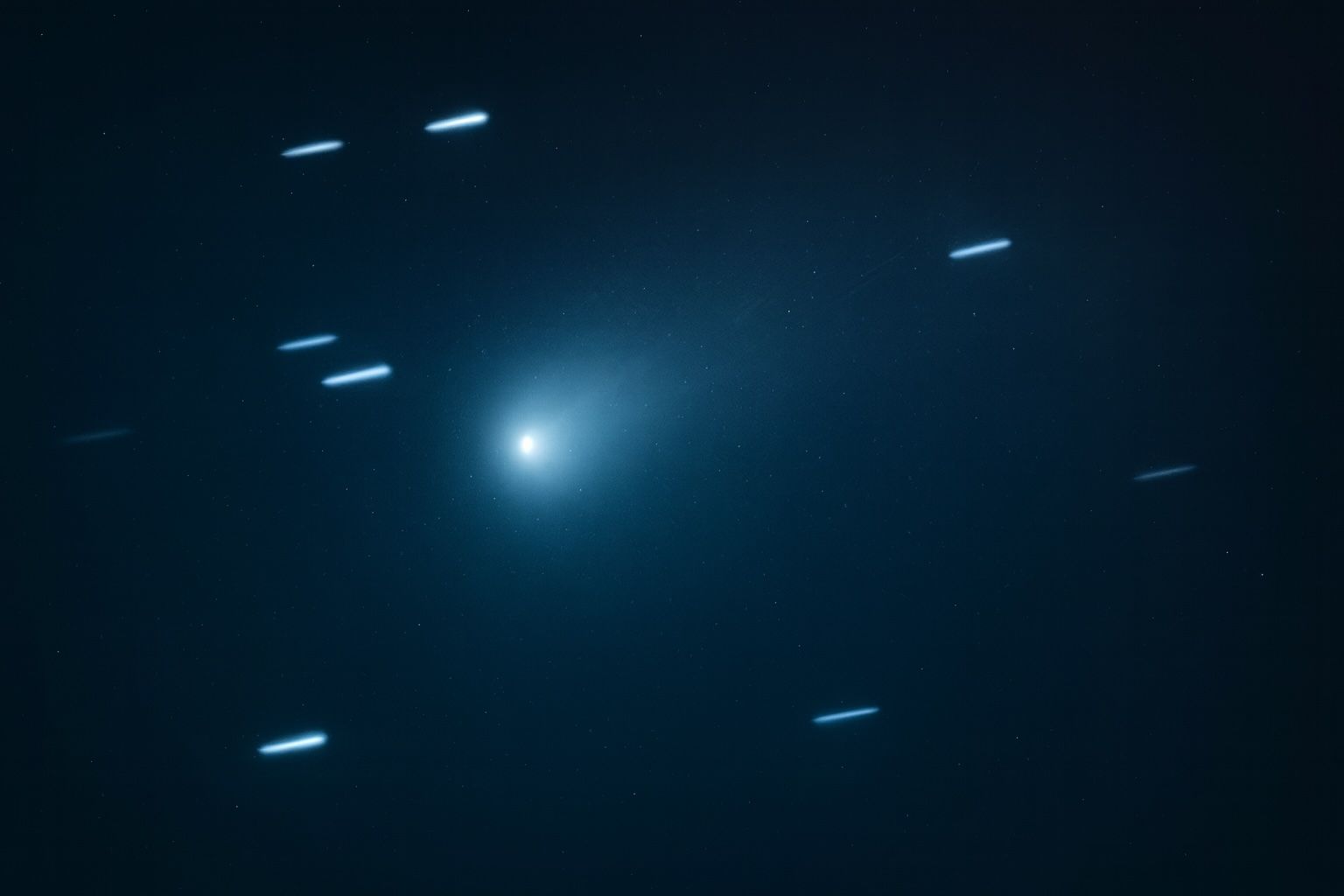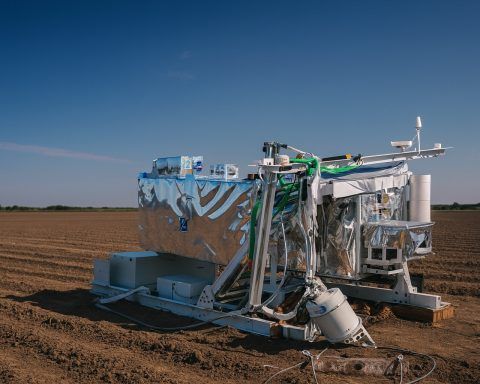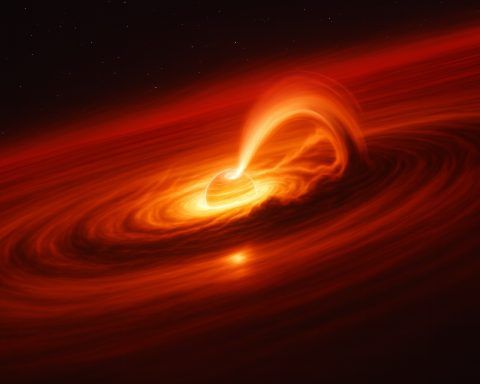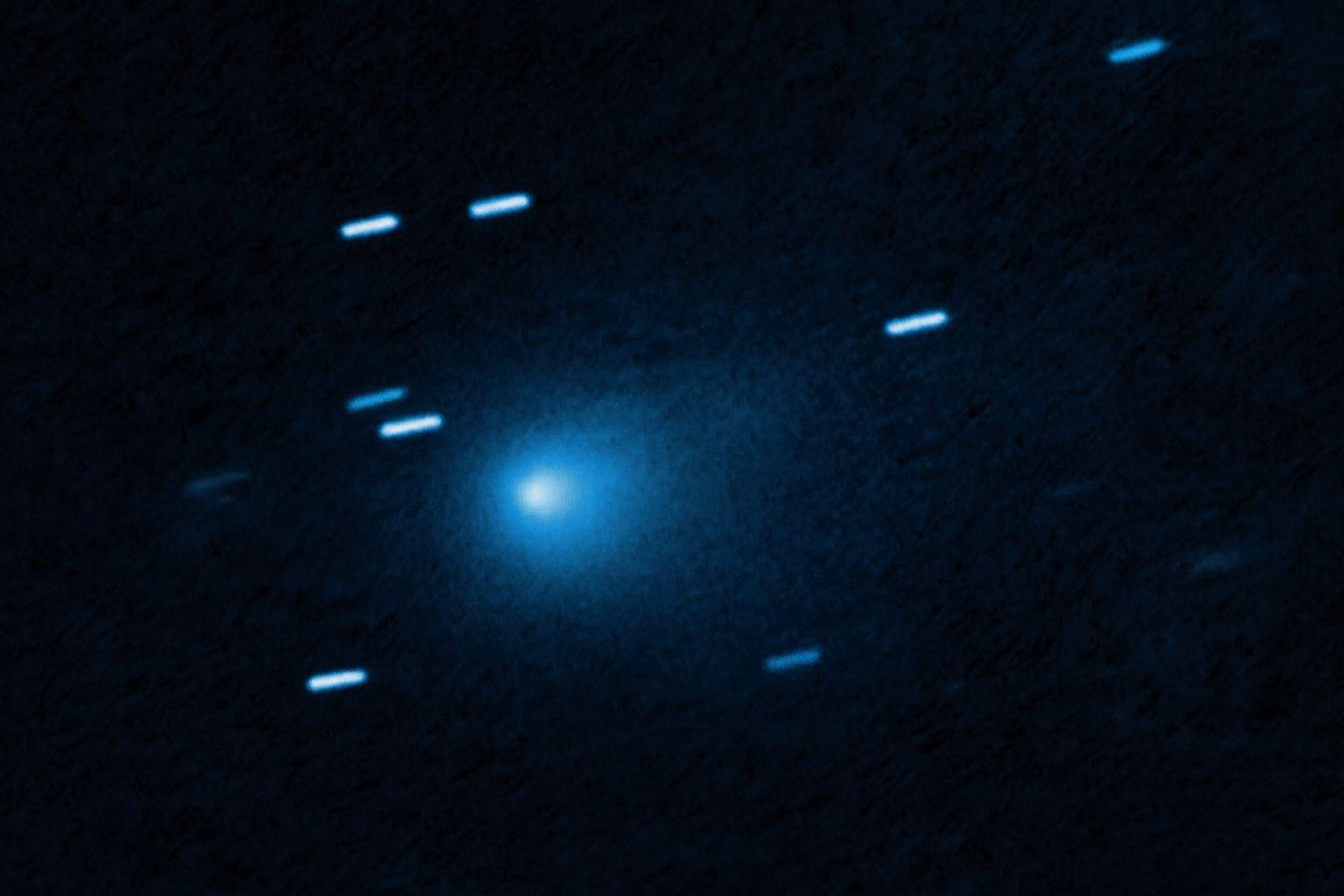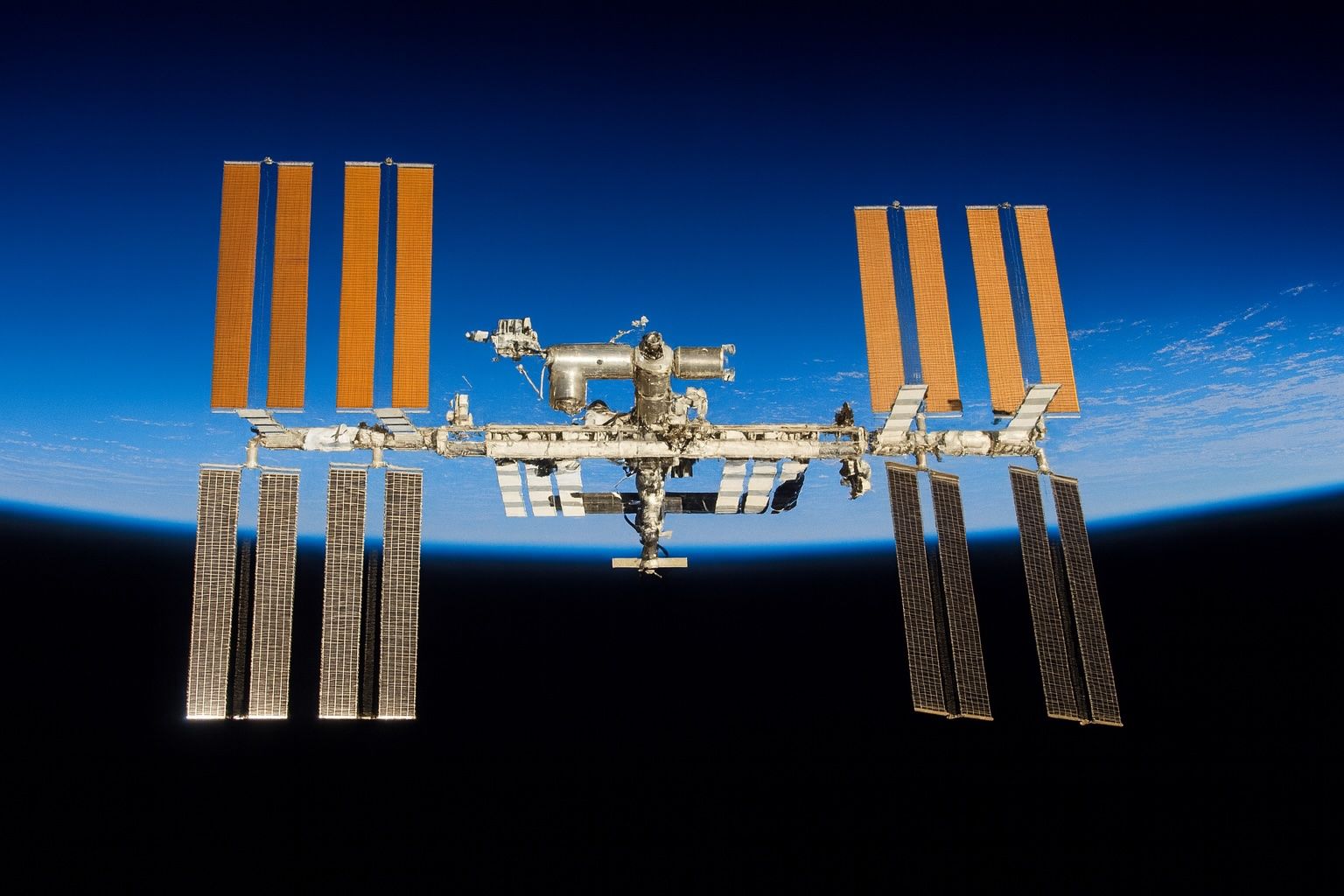
AI Surges, Cyber Hacks & Rocket Launches: Tech’s Wild 48-Hour Ride (Oct 7–8, 2025)
In-Depth Report AI & Big Tech: Lawsuits, New Funding, and Soaring Demand Less than a year after generative AI caught fire, the industry is navigating both explosive growth and rising legal peril. In a sign of the times, OpenAI (maker


